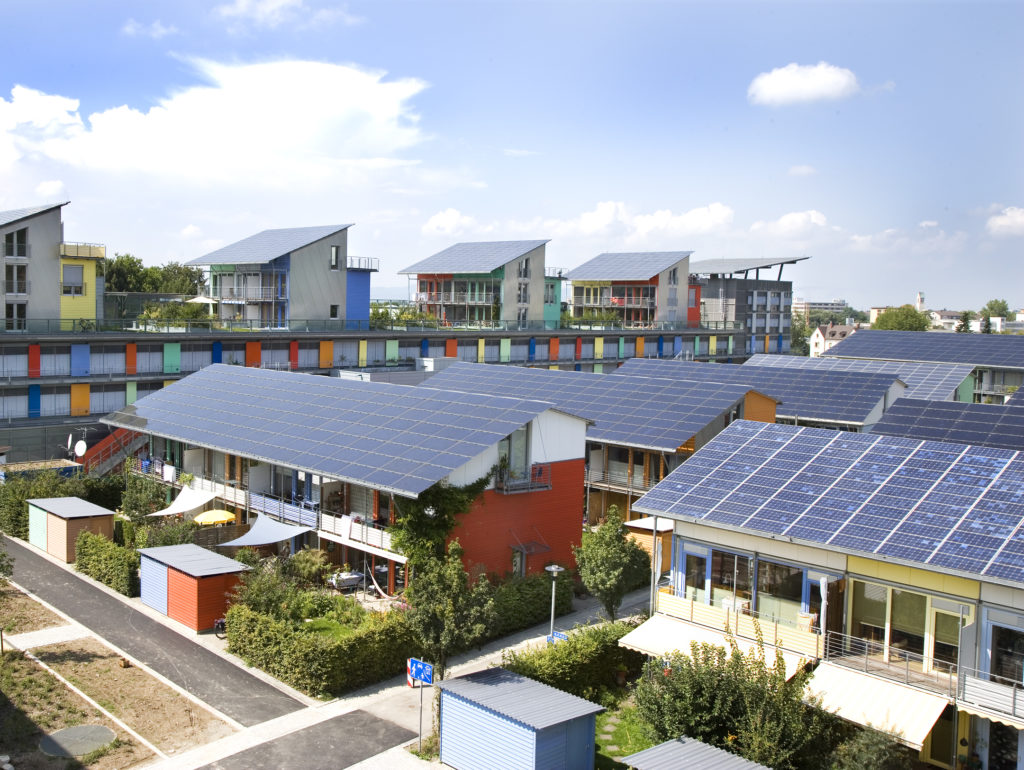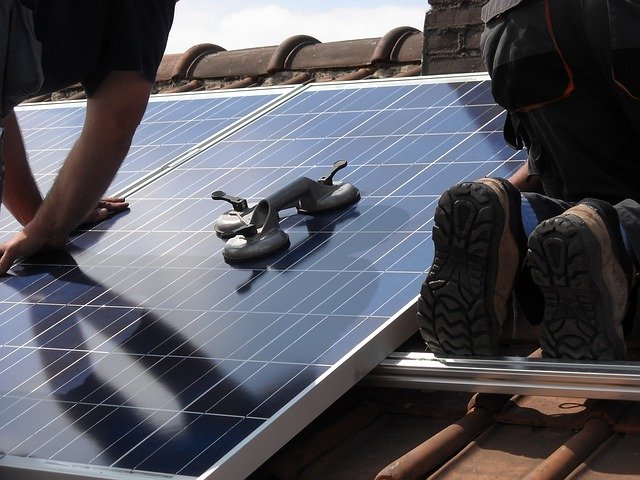
How solar microgrids work
Imagine an energy trading economy like the consumer food economy where the end-user can buy products from wherever they want. They can use an energy purchase model like most people today, buying from whatever large provider serves their city or state. They will pay a known, stable price.
But if they want, they can participate in a homegrown, local economy. In this model, energy can come from a small business located in the next town or from a co-op around the block. It might even originate from their neighbor. The price may go up and down according to an agreement made for one day, one week, or for a month.
Consumers even have the option of creating their own power. If they have extra, they can distribute it at a reduced rate, or even give it away to family and friends. Imagine giving away energy like you would homegrown vegetables.
Peer-to-peer smart grids using blockchain can achieve this model. In some places, it already has. Exergy is a microgrid platform located in Brooklyn, supporting peer-to-peer energy contracts between users through blockchain transactions. This type of peer-to-peer economy with blockchain transactions has several advantages over previous solar models where users sold excess power back to a primary provider.
The advantages of solar microgrids
First of all, blockchain’s open and transparent system removes the possibility of incorrect or fake transactions. This increases the security of all transactions. Additionally, transactions can occur without the need for any kind of centralized supervision. This significantly improves the flexibility of the peer-to-peer market. Instead, the market works on a bid-for-ownership model that allows transactions to occur as soon as predetermined parameters (like price) are met by both sides. True market value sets the price of energy sold through real-time balances of supply and demand. This replaces the stagnant (typically higher) price set by centralized utilities.
This democratization of power also allows users to buy and sell power at lower rates than power from large providers since the intermediary markup has been removed. It allows anyone to benefit from green energy, even those who cannot afford to install solar panels. And it allows those who can afford their installation to fully reap the benefits of their energy production.
Examples of solar microgrids
Exergy is only one example of microgrid peer-to-peer energy trading. Other like companies also distribute energy on peer-to-peer grids in Bangladesh, the Netherlands, and Singapore. These small microgrid programs have developed in some of the most densely populated, most technically advanced areas of the world as well as areas where consistent power from a primary power grid is lacking.
This article was originally published on Altenergymag.com on Nov 15, 2019.
AX Control often has solar turbine drives in stock.
Learn more about environmental changes happening in the manufacturing sector here.


You must be logged in to post a comment.